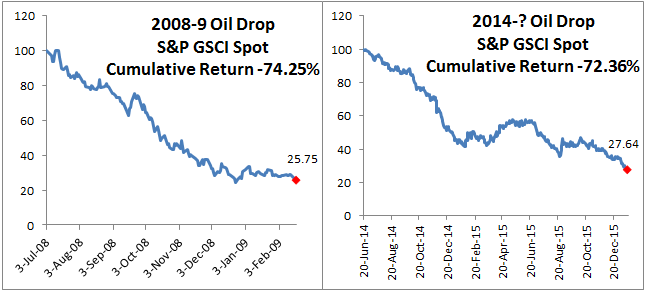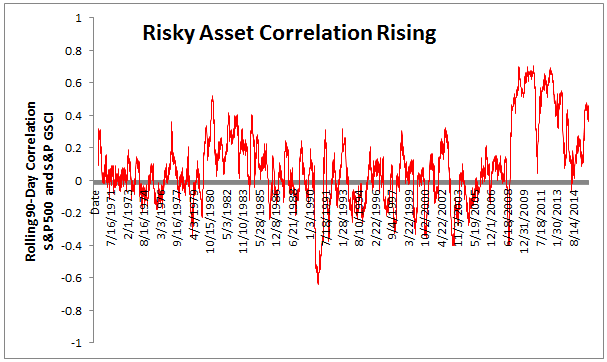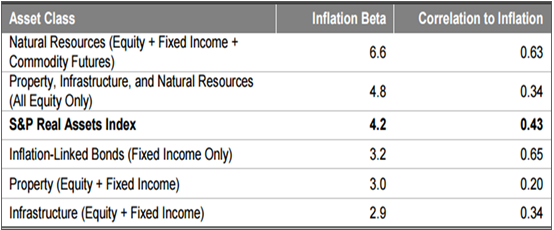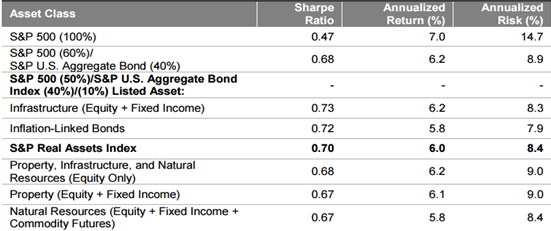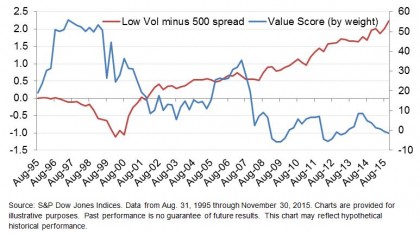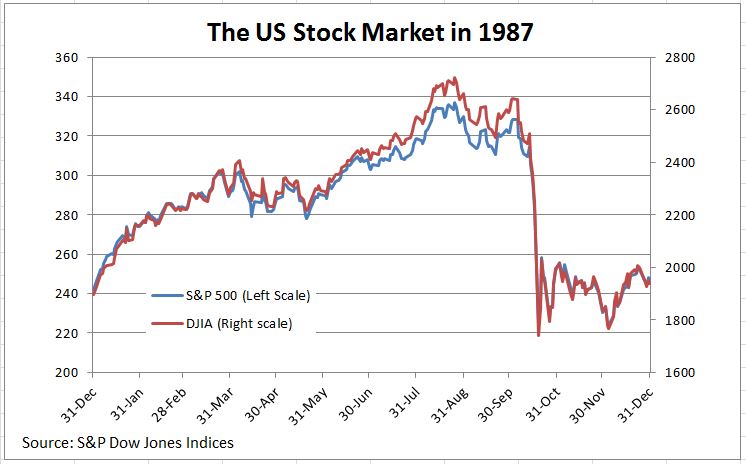Oil’s Viscosity
It goes without saying that if your car’s engine (or any other combustible engine) does not have the lubrication effect of oil then the friction of movement will lead to overheating and engine damage.
Currently oil is having its own effect on markets as low prices are leading to concerns of lower future earnings. The current price levels of commodities suggest a possible economic slowdown not just for the U.S. but on a global basis. China’s lack of demand for commodities and the recent stimulation of its economy is just another move in the ongoing central bank action that includes Europe and Japan. European Central Bank President Mario Draghi said at a Jan. 21, 2016, press conference that “falling oil prices and a slowdown in emerging markets warrant a review and possible recalibration of the ECB’s policy measures in about two months”, as summarized by MarketWatch[1].
The following points are in regard to these comments.
- The price of crude oil futures is currently quoted at USD 30.6. The S&P GSCI Crude Oil is down 15.86% YTD on a total return basis.
- The yield of the S&P/BGCantor Current 10 Year U.S. Treasury Index touched a low of 1.99% last week and eventually closed the week at 2.05% on Friday, Jan. 22, 2016. The quote for Monday, Jan. 25, 2016, is 2.02%.
- The energy sector of the S&P U.S. Issued High Yield Corporate Bond Index is down 9.94% month-to-date, while the overall index has lost 2.60% in the same period.
- Even the more credit-worthy S&P 500® Bond Index, which is flat on the year (0.00%), has its energy sector subindex, the S&P 500 Energy Corporate Bond Index, underperforming at -3.41% YTD.
Exhibit 1: Performance of S&P 500 Sector Bond Indices
 Source: S&P Dow Jones Indices LLC. Data as of Jan. 22, 2016. Past performance is no guarantee of future results. Table is provided for illustrative purposes.
Source: S&P Dow Jones Indices LLC. Data as of Jan. 22, 2016. Past performance is no guarantee of future results. Table is provided for illustrative purposes.
[1] http://www.marketwatch.com/story/4-key-takeaways-from-draghis-no-limits-statement-2016-01-21
The posts on this blog are opinions, not advice. Please read our Disclaimers.













































